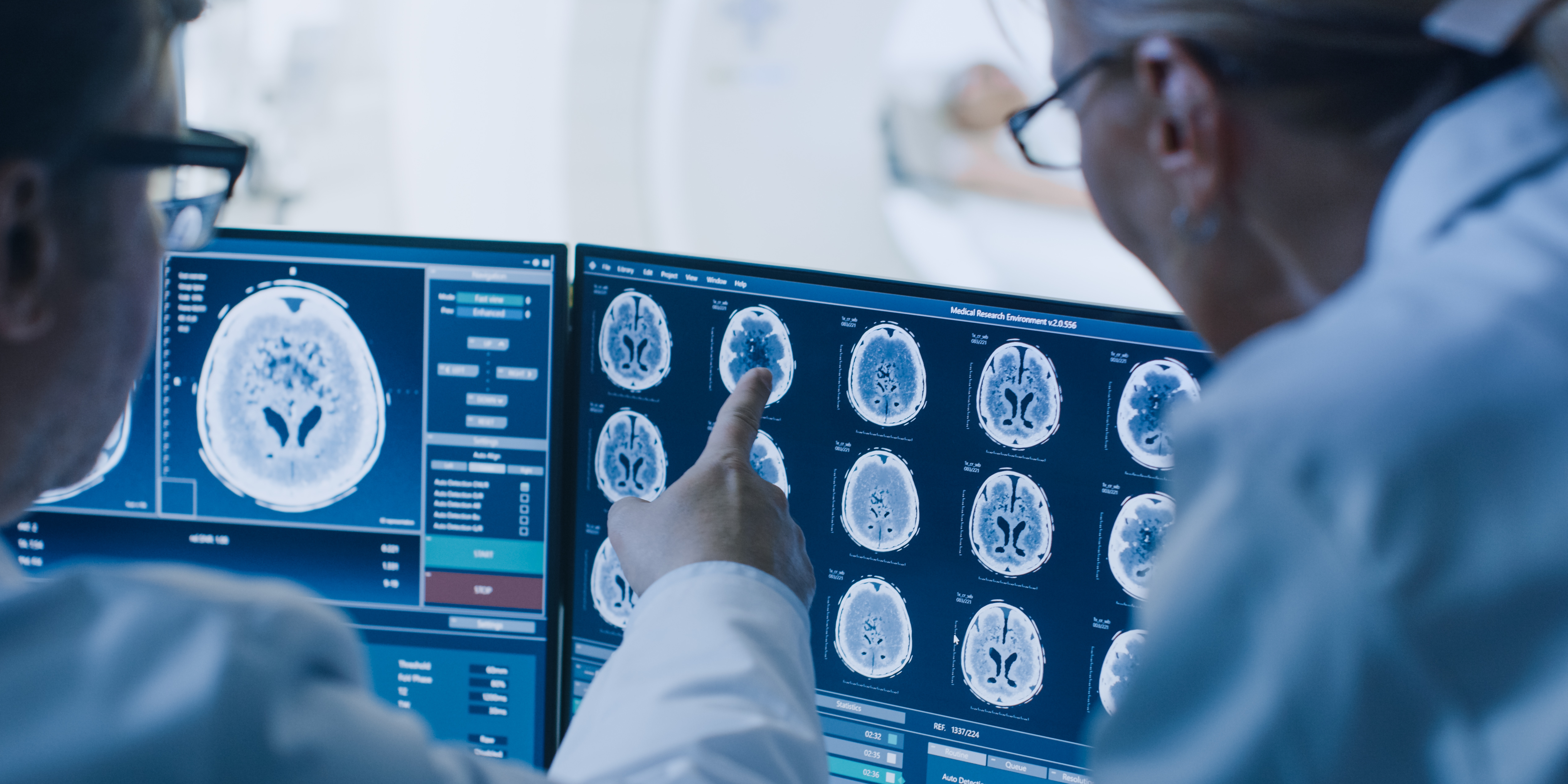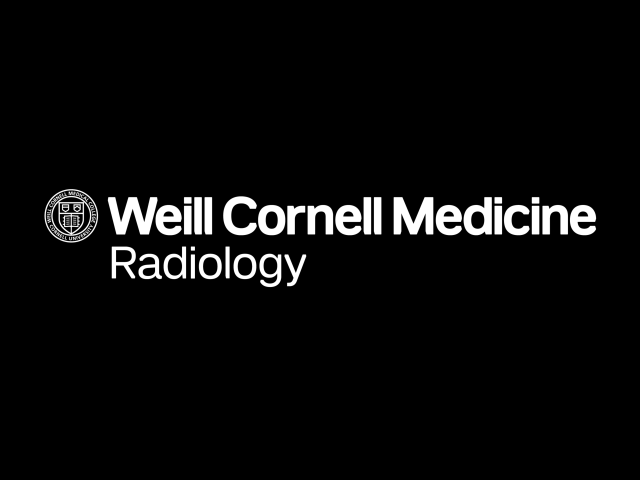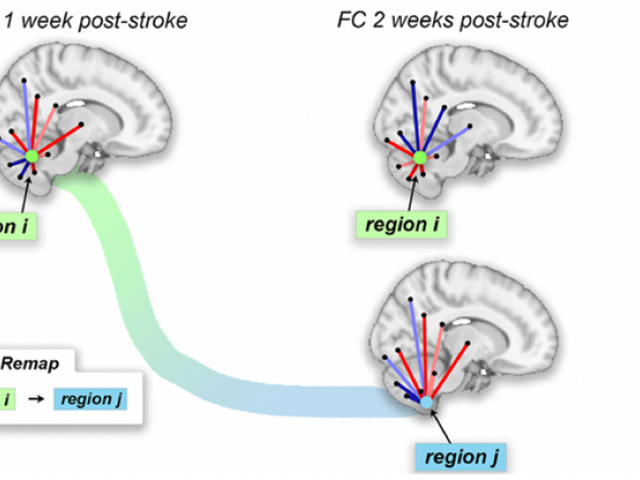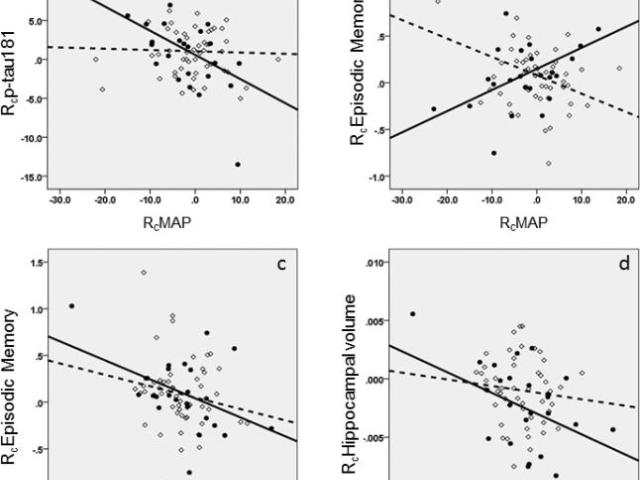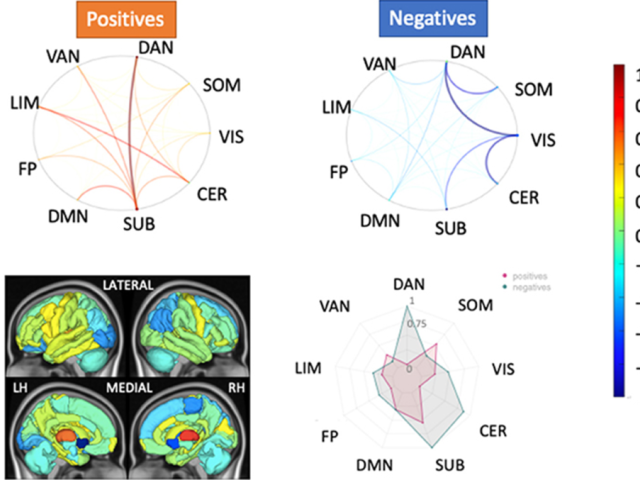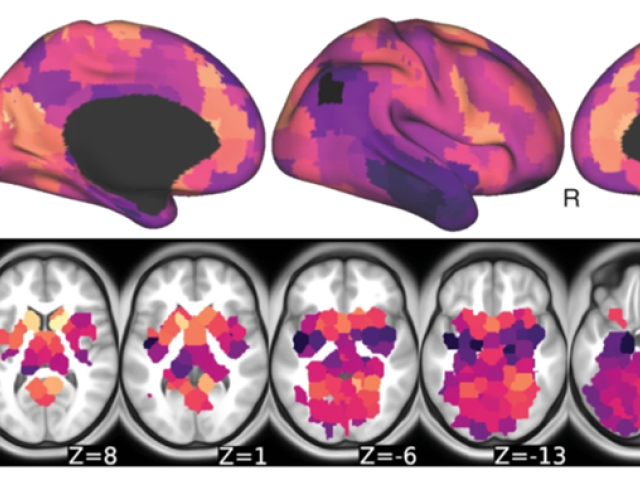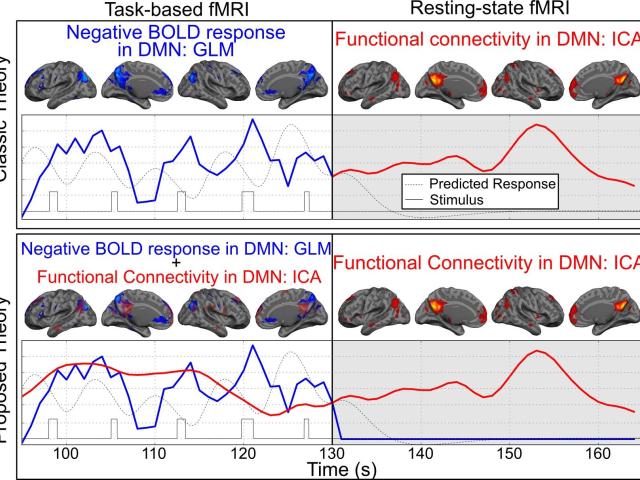Biomarkers in early Alzheimer’s disease
Awards or Grants: AG022374, National Institutes of Health/National Institute of Aging (09/30/10-05/31/18)The combined use of magnetic resonance imaging (MRI) hippocampal atrophy and cerebrospinal fluid (CSF) tau in the early and specific diagnosis of Alzheimer’s disease.
Clinical correlates of longitudinal PET changes in AD
Awards or Grants: R01 AG013616, National Institutes of Health/National Institute of Aging (NIH/NIA) (09/01/91-03/31/17)This project, renewed multiple times, followed an aging cohort with blood and cerebrospinal fluid (CSF) sampling and 18F-fluorodeoxyglucose (FDG) and 11C-Pittburgh compound B (PiB) positron emission tomography (PET) and magnetic resonance imaging (MRI).
Understanding the relationship between the brain’s connectivity networks and cognition in pre- and post-menopausal MS patients
Award or grant: Cornell University MRI Facility pilot grantMultiple sclerosis (MS) is one of the most common chronic inflammatory diseases wherein the body attacks protective tissue surrounding nerves. Women are more likely to develop MS compared to men with a female-to-male ratio of 2.8 to 1. The effect of the hormonal changes, in particular estrogen, on disease progression and annual relapse...
A novel metric of the evolution of the connectome in post-stroke recovery
Motor recovery post-ischemic stroke relies on surviving brain networks' ability to compensate for damaged tissue. In rodent models, sensory and motor cortical representations remap onto intact tissue around lesion sites, but remapping to distal sites is seen. Resting-state functional connectivity (FC) analysis can unveil compensatory network adaptations in humans, but mechanisms/time course of...
Blood pressure decrease correlates with tau pathology and memory decline in hypertensive elderly
In hypertension, cerebral blood flow (CBF) regulation limits are changed, and the threshold for blood pressure (BP) at which perfusion is safely maintained is higher. This shift may increase the brain's vulnerability to lower blood pressure in subjects with vascular disease. We found that, in hypertensive subjects over 60, but not in their normotensive peers, a longitudinal decrease in mean...
Quantifying the role of the connectome in resiliency to multiple sclerosis
Award or grant: National Institutes of Health/National Institute of Neurological Disorders and Stroke (NIH/NINNDS): R21 NS104634-01Multiple Sclerosis (MS) damages white matter pathways that connect brain regions, i.e., the structural connectome (SC), disrupting flow of electrical signals, i.e., the functional connectome (FC), causing cognitive and physical disability. However, the burden of...
Quantifying the link between connectivity disruption and patient dysfunction and disability in stroke
Award or grant: Leon Levy Foundation FellowshipUnderstanding the organization of the white matter structural connectivity (SC) network in the human brain is essential for elucidating the brain-behavior relationship and its dysfunctions in various diseases and injury. Our lab’s Network Modification (NeMo) Tool uses a large set of healthy tractograms to investigate these relationships by measuring...
Heritability and cognitive implications of structural-functional connectome coupling
Award or grant: National Institutes of Health/National Institute of Mental Health (NIH/NIMH): 1RF1MH123232The human brain is an unimaginably complicated system of interconnected neurons capable of complex thought, emotion and behavior. Macroscale white matter connections quantified via the structural connectome (SC) act as the backbone for the flow of functional activation, which can be...
Hierarchical structure of the brain's large-scale networks
The default mode network’s (DMN’s) topography can be obtained using two different functional magnetic resonance imaging (fMRI) techniques: 1) spontaneous, but organized, synchrony in the low-frequency fluctuations of resting-state fMRI (rs-fMRI), known as “functional connectivity”; 2) consistent, robust deactivations in task-based fMRI (tb-fMRI), here referred to as the negative blood-oxygenation...
PET measures of CSF clearance in preclinical AD
Award or Grant: National Institutes of Health (NIH)/National Institute on Aging (NIA) 1RF1 AG057570 (09/15/17-03/31/22). This project is designed to develop and test a positron emission tomography (PET) based ventricular cerebrospinal fluid (CSF) clearance technology invented by the PI in the characterization of amyloid accumulation using 11C-Pittsburgh compound B (PiB) PET imaging.


